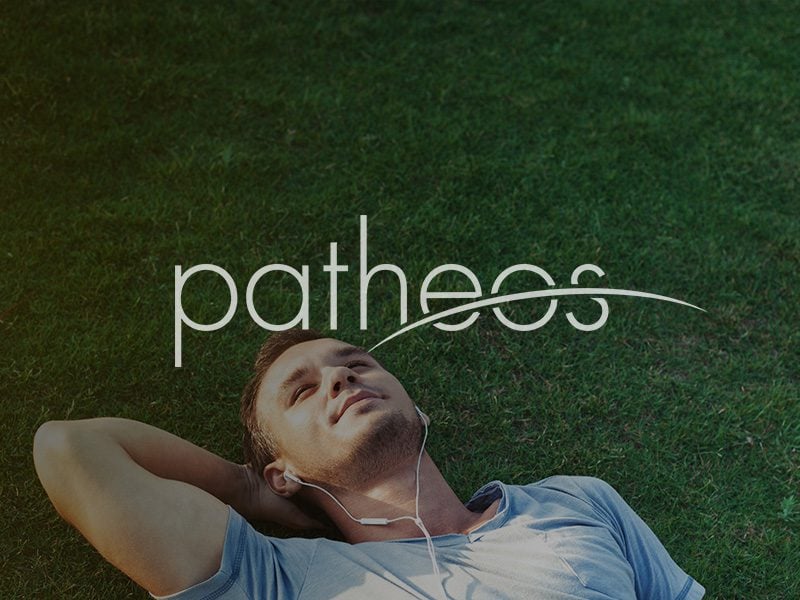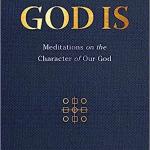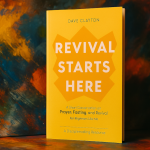
As a young college student, one of the appeals of participating in an evangelical group was the fairly humble settings that often accompanied the singing and praying and fellowshipping (it’s one of those terms I heard first among evangelicals, and I think it’s another way of saying “socializing.”). For those us that grew up Christian, I think most of us are familiar with the interiors of traditional church structures, some have steeples, stained glass, pews, some are even shaped like a cross. 
In traditional church structures you’re invited into a space that is set apart, another word for “holy.” But for many Christians, such holy spaces are not feasible or even desirable. The church is not a building, it’s a people. The location, the space is of little relevance.
Some evangelical Christians in college (and perhaps other groups too) embody this by setting up temporary gathering spaces in places like classrooms and auditoriums at public and private universities. For someone like me, somewhat unaware of what evangelical Christianity was enjoyed this experience because it seemed authentic. “Authentic” in this case meant: God is wherever believers gather to pray and worship. If you’ve never seen this, imagine a bunch of college kids singing a campfire song led by a few students with acoustic guitars, maybe a keyboard and even a small drum kit all in a classroom. Usually, out of efficiency, the chalkboard or screen area is the temporary “front” of the space and all seats are positioned to face that and the music leaders are next to it. It’s a makeshift church, and for the people participating, God is present in that hour.

Environments like these are sites described in a growing body of literature in sociology termed “everyday religion.” Rather than thinking about religion in the traditional congregational setting, some scholars are investigating the varied ways that religious groups practice their faith in spaces and in ways that many would not have considered before. Everyday religion includes anything from converting a work cubicle into a worship environment, to creating spaces for Muslim cab drivers to pray while they are on break driving about in cities like New York.
Clearly then everyday religion is not only practiced by evangelical Christians in college. Religious groups, most of whom are Christian also rent spaces that are either empty otherwise (these are sometimes called “store-front” churches) and some utilize space that is used for other purposes at other times in the day and the week. One of the most memorable of these kinds of worship spaces is Redeemer Presbyterian Church which has met in one of the auditorium spaces in Hunter College in Manhattan for a number of years. On a Sunday morning you can see this space packed full of people who might not otherwise have gathered at all since their formative experience of authentic church may in fact have resembled this very experience while they were in college.

It’s therefore not a surprise that there’s a lot of concern among many evangelical Christians and other religious groups in New York City that the very spaces that used to be available for gathering are now shutting them out. Why? It’s not because it’s too expensive, nor is it because it obstructs the main aim of the space. It’s because it violates the separation of church and state. This is the argument (as I understand it) for what’s happening in at least 68 instances. Pastors and other religious leaders of different religious traditions and racial backgrounds have joined together (and risked arrest) to protest this recent change. One minister even went on a hunger strike for 24 days to draw attention to this important matter. This Sunday, February 12, is the reported date in which religious groups will be prohibited from holding services after hours in public schools.
This is obviously of personal interest but it’s also of sociological interest. To be sure, we have lots of church buildings that could welcome a congregation, but for various reasons a lot of religious groups don’t take up the offer to use those spaces or simply can’t afford it. Keep in mind that most of the time it costs very little to be a part of a religious community. You might need to buy a sacred text, but you could always read over someone’s shoulder. And religious leaders are often volunteering their time out of a sense of higher calling. So barring groups from meeting in public spaces like public schools after the school day is over puts these groups in significant distress. And it clearly sends a message, fair or not, that society is not friendly toward their community of faith. You can be sure that this will serve to justify antipathy toward “the structure” or “the secular state” if young people, especially people who are early in their faith formation experience this.
Like a lot of us, I root for the underdog and in many ways religious groups that meet afterhours in public schools are classic underdogs. And it’s my hope that these groups will find resilience to rise above these restrictions and thrive through creative means. But we should also ask ourselves this: what would a religiously tolerant society do for these groups and why is it that this change in policy is occurring now?















